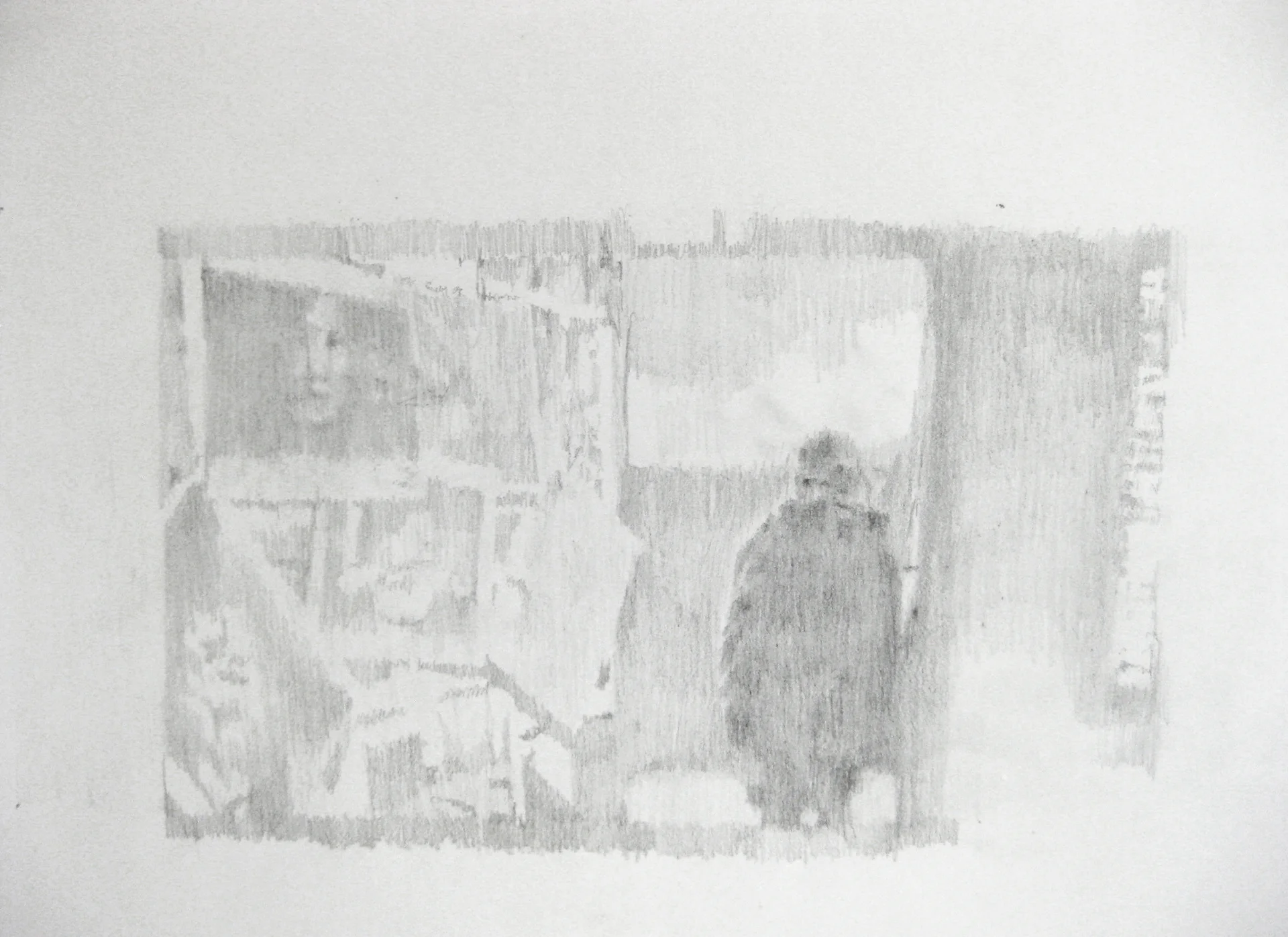





info
/
1
2
3
4
5
6
·
·
·
·
·
·
Green Gothic: Local luminaries Gretchen Bennett, Frank Correa, Charles Mudede, Lisa Radon, Serrah Russell, and Rodrigo Valenzuela respond to an essay with this title by painter Matt Offenbacher, about “concepts...intertwined with contemporary Northwest identity: landscape, industry, the romanticism of Ruskin, decay, regrowth, monsters lurking in the shadows, and the sublime.” -The Stranger
An excerpt from the essay by Matthew Offenbacher, Green Gothic:
A painting by Emily Carr from 1935, Scorned as Timber, Beloved of the Sky, shows three crazily spindly pine trees rising over a clear-cut. They are almost all attenuated trunk, just a little cap of dark green vegetation at the top. The composition echoes traditional pictures of Golgotha, with Jesus hanging from one of three crosses. The closest tree almost spans the entire canvas’ height, just left of the center; the other two recede in sharp perspective towards distant, glowing blue hills. The luminous rain-heavy sky frames the closest tree with the kind of radial-light-projecting-through-the-clouds bit that, growing up in Oregon, we used to call the ‘god-light.’ The ravages of heavy industry have passed, people and machines have hauled off everything useful. Left behind: the shunned, the freakish, the not worth taking. Scorned as Timber is not a picture of abomination in confinement, or abomination in remediation—it is a picture of survival because of abomination. This is a radical move. It says, in effect, forget Belle. This beast does not need to be redeemed.I think it is significant that this proto-punk gesture by Carr does not depict a single survivor, but a small group. Survival as a freak requires community, or at least others nearby. This is something Morris Grave, Mark Tobey, Guy Anderson, et al. understood. They were bohemians, esthetes, pacifists, and gay. The gothic flavor of their work is an expression of the great alienation they felt in Skagit county in the 1940s and 50s. That many of them, like Carr, looked to the natural environment to find a way to talk about their situation should not be surprising; this commingling of insides and outsides, of psychic and physical terrain—and, especially, of industrial and personal trauma—has been a consistent feature of art produced in our region. Graves’ 1944 gouache Bird Sensing the Essential Insanities shows a flattened little owl in a submissive position, crouching on what might be a boulder, looking like it was just stepped on. A skeletal Wounded Gull from the next year is beginning to decompose on a tar-like shore. These birds have suffered grievous threats and injuries, but they survive. Eventually, in paintings like 1969’s Bird Experiencing Light, where a very odd-looking bird is awash in a glorious mass of yellow, purple, magenta—they triumph.
Which lands me at the work which got me thinking about these things in the first place: Gretchen Bennett’s show Hello last year at Howard House. Gretchen has consistently investigated notions of place, psychology, and the Northwest landscape. This is why some people were startled by these nine colored-pencil drawings based on video stills related to the band Nirvana and, especially, Kurt Cobain. Most of the stills were from old music video and concert footage posted on YouTube. A few were captured from the movie Last Days, Gus Van Sant’s fictionalization of the end of Cobain’s life. Gretchen made the drawings by projecting the images onto paper and working directly over them, trying to capture the luminous effects and odd visual distortions of the found video.
The drawings from Hello pull together many of the strands I’ve been talking about here, in an exceedingly delicate and direct way. What is the ethical approach to sites of industrial exploitation (imprisonment? remediation?). How might decay and rot be used as agents of redemption? How can you learn to love an abomination? How do you survive being an abomination yourself? Gretchen’s innovation was to reverse the usual direction of landscape metaphor—the direction which Ruskin once called “the pathetic fallacy”—which projects the personal out onto the landscape, personifying the natural world. Instead, the Hello drawings project the landscape back onto the personal. They portray Cobain as a landscape, a landscape we all inhabit.
Full text: ww.helloari.com/~matt/green_gothic.htm
901 12th Ave Seattle, WA 98122